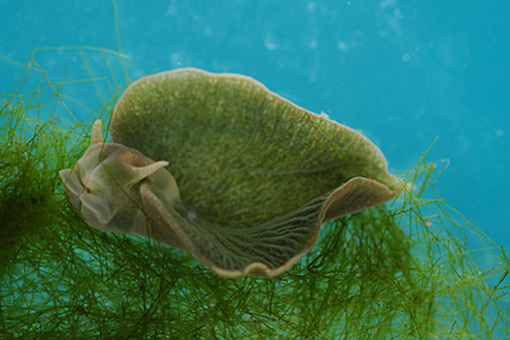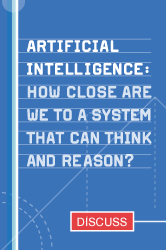 I am kind of obsessed with symbiosis and the idea that cooperation between different species can be a driver of evolutionary change. I learned about these symbiotic green sea slugs a while back from a colleague whose mom is a zoologist who studies the evolution of symbiosis between invertebrates and photosynthetic microorganisms. A review article from her lab beautifully introduces the amazing properties of Elysia chlorotica:
I am kind of obsessed with symbiosis and the idea that cooperation between different species can be a driver of evolutionary change. I learned about these symbiotic green sea slugs a while back from a colleague whose mom is a zoologist who studies the evolution of symbiosis between invertebrates and photosynthetic microorganisms. A review article from her lab beautifully introduces the amazing properties of Elysia chlorotica:
Faced with life without a protective shell in a predatory environment, some sea slugs evolved a protective mechanism dependent largely upon camouflage pro- vided by symbiont plastids. Sea slugs in the opisthobranch order of Gastropods, Ascoglossa, have taken this one step further. They feed by slicing or puncturing siphonaceous algal cells and sucking out the cell contents. All of the contents, including the algal nucleus, are discarded except for the chloroplasts, which are engulfed phagocytotically into the digestive cells. By distributing the "photosynthetic factories" throughout their extensively branched digestive system just one cell layer beneath the epidermis, the sea slugs not only blend into the green algal bed, but also capture light energy to fuel photoautotrophic CO2 fixationRecent research has shown that not only do they rip the chloroplast, which is itself the result of an endosymbiotic event billions of years ago, out of the algae and take it as their own endosymbiont, but the sea slugs have genes in their genomes that have algal sequences, stolen from the algae that they digested in past generations. This Wired article has a great analysis of the new research on production of chlorophyll by the slug, with fascinating implications for the "tree of life":
"This could be a fusion of a plant and an animal -- that's just cool," said invertebrate zoologist John Zardus of The Citadel in Charleston, S.C....Zardus, who says that he tries to maintain healthy skepticism as a matter of principle, would like to hear more about how the team controlled for algal contamination. The possibilities for the borrowed photosynthesis are intriguing though, he says. Mixing the genomes of algae and animals could certainly complicate tracing out evolutionary history. In the tree of life, he said, the green sea slug "raises the possibility of branch tips touching."
"Bizarre," said Gary Martin, a crustacean biologist at Occidental College in Los Angeles. "Steps in evolution can be more creative than I ever imagined."

 Notes, thoughts, and news on synthetic biology by
Notes, thoughts, and news on synthetic biology by 


Comments
Ed Yong over at NERS had a post on this about a year ago.
Fascinating stuff.
Posted by: ennui | January 13, 2010 9:56 AM
Thanks for the link, that's a great post!
Posted by: Christina Agapakis | January 13, 2010 10:06 AM